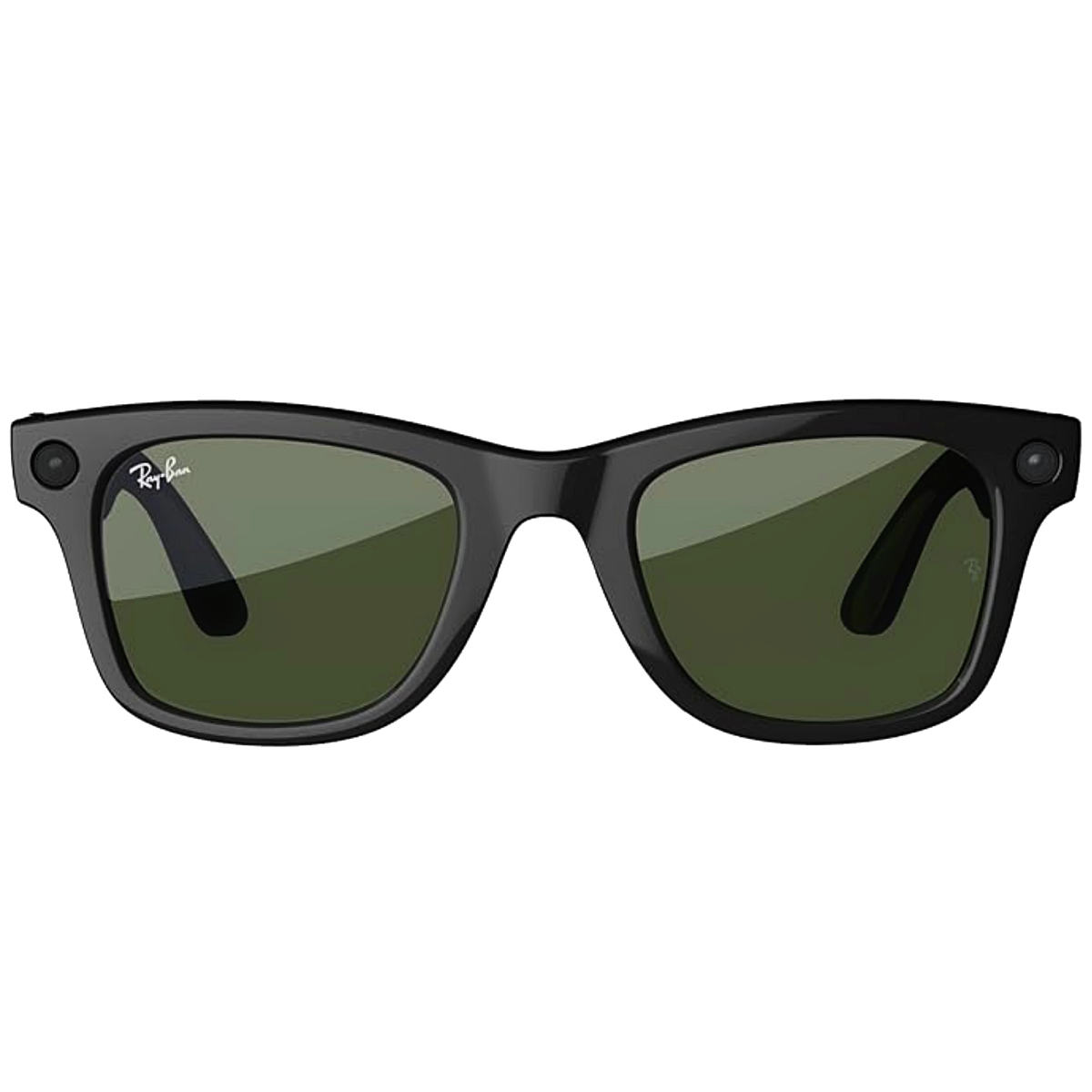Meta has announced yet another range of its smart glasses to follow the Ray-Ban models we’ve seen before and, while I think the technology is cool, the lack of any sort of HUD or visual feedback system makes them less than appealing in my opinion.
In fact, given what these glasses actually do, I wonder if they needed to be glasses at all, and if some version of the same functionality could be offered in a different form factor.
Smart Glasses Are Coming Fast (and Affordable)
We’ve come a long way from the early days of smart glasses, such as the pioneering Google Glass. Not only is society more ready than before to have people walk around with recording devices on their faces, the actual usability is much better.
Most importantly, the Ray-Ban (and now Oakley) collabs that Meta has been doing with its glasses are a stroke of genius, since now your smart glasses don’t make you look like a dork. Well, no more than wearing preppy brands of shades already do.
When my colleague Tyler Hayes reviewed the Meta Ray Ban smart glasses back in 2023, he was suitably impressed. This was a product ready for everyday use and at a price that wasn’t far off what people pay for fancy branded shades anyway. So it’s a win-win situation, right?
Now Meta has announced the Oakley Meta HSTN series that go up for preorder on the 11th of July, 2025, and while they are an improvement (i.e. these are IPX4) and aimed at outdoorsy athletic types, the basic feature set is still the same.

- Brand
-
Ray-Ban
- Speakers
-
2 custom-built speakers
Embraced by the next generation of culture makers, its journey continues with AI-enhanced wearable tech. Listen, call, capture, and live stream features are seamlessly integrated within the classic frame.
Video Recording and Audio Is About It
If you get right down to it, these glasses, apart from being glasses, are really just a pair of headphones and some cameras with mics. Sure, there might be a physical control pad too, but in essence you’re melding sunglasses with mics and earphones. That’s not nothing, of course. It’s an ergonomic and useful set of tools in a form factor that’s convenient if you’re going to wear glasses one way or another.
You can’t help but give credit where it’s due when it comes to the improvements to bulk, battery life, and overall usability. It’s just that I don’t quite feel like this specific set of features is quite worth dishing out hundreds of dollars for yet.
They Have AI
The main reason these smart glasses are now actually smart comes down to the relatively recent revolution in artificial intelligence. Tethered to a device like a smartphone, which is in turn tethered to the cloud, you can speak to an AI using the mics, listen to its feedback using the headphones, and let it see what you see via the onboard cameras.
The latest generation of AI assistants are now so good that they can do things like translate text in real time, translate the spoken word, identify objects, and otherwise help you navigate the world.

Related
What’s the Best AI Chatbot? Compare Side-By-Side With This Tool
Pit the AI bots against themselves.
The thing is, you can already do this with your existing smartphone and its suite of sensors. The only real difference here is that the glasses allow for this to be hands-free and continuously. Whereas with your phone you need to consciously take it out and point the camera at something as needed.
That’s definitely a valid use case, but I think for most people that doesn’t turn smart glasses into a killer, must-have device the way smartphones have become.
Without AR or at Least a HUD, What’s the Point?
For me, what made devices like Google Glass interesting in the first place was the addition of a display—and that’s what’s lacking in these new smart glasses. The Google Glass had a prism through which you could see things like map directions and incoming messages. With the power of modern AI technology, having smart glasses with some sort of display could finally realize the dream of giving us all terminator vision. It would be the true form of augmented reality.
The challenge, of course, is getting that display technology into a standard-looking pair of glasses like these. Again, the main reason these Meta smart glasses are avoiding ridicule and gaining traction is that they look like normal glasses. The Google Glass, in comparison, looked like you were cosplaying a Borg from Star Trek.

Related
I’ve Watched Every Star Trek TNG Episode—These Are the 10 Best
Now with 10% more Riker’s beard.
I get that we’re still some way off having tiny displays that could be added to these smart glasses (without blowing up the price), but until this last piece of the puzzle makes it into this next generation of wearable, I’m just not that excited.










Leave a Comment
Your email address will not be published. Required fields are marked *